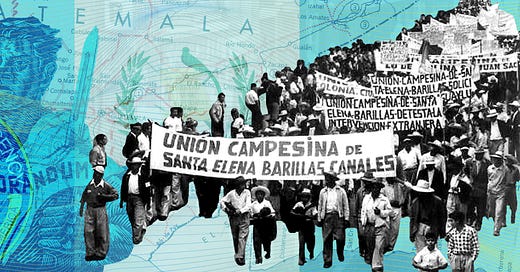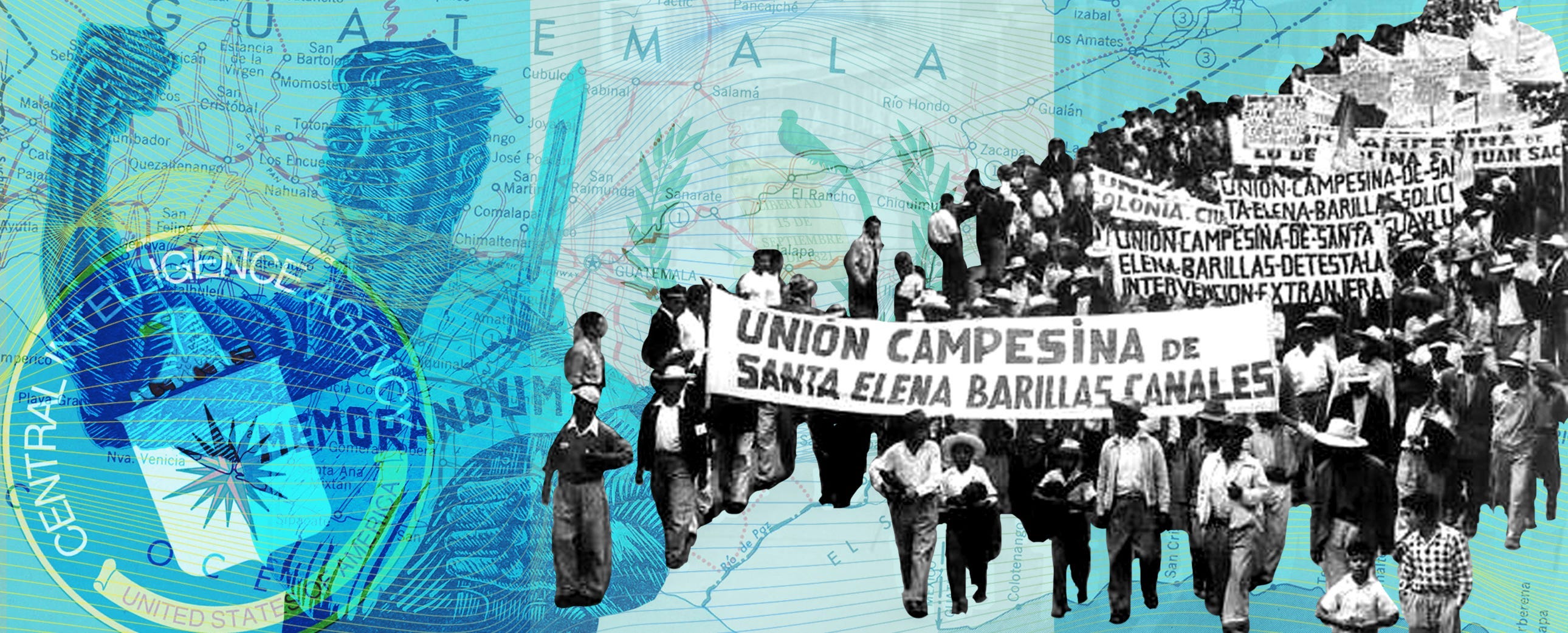How to Subvert a Democracy, Stage 3: Create Your Own News
To get the people on your side, you need to change the media narrative. A few hired hacks and a “passive sabotage program” will do the trick.
Upgrade to paid to play voiceover
You're reading our 7-part true story about the original fake news network. Need to catch up? Click here to start at the beginning.
Keep reading with a 7-day free trial
Subscribe to Narratively to keep reading this post and get 7 days of free access to the full post archives.




